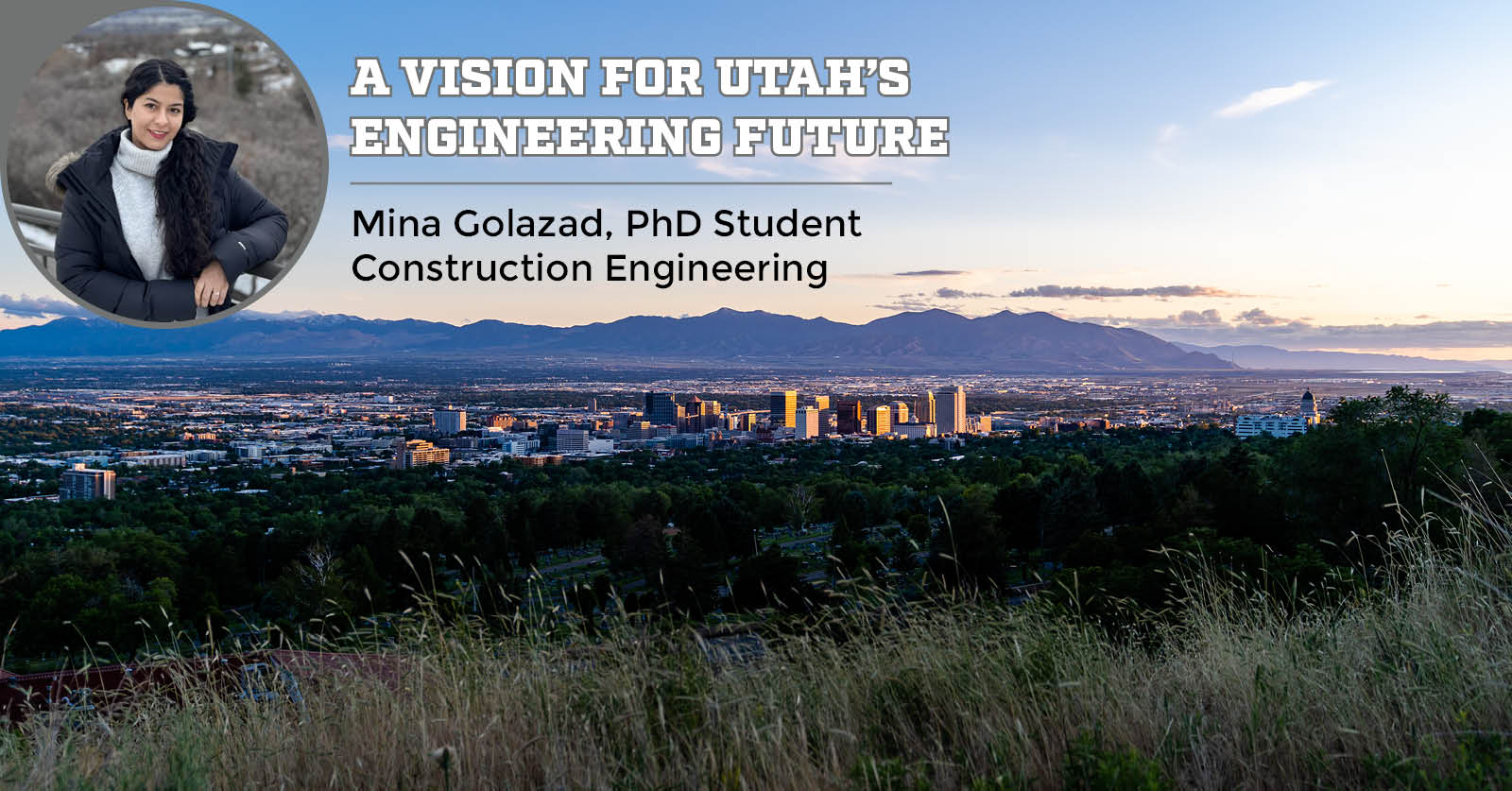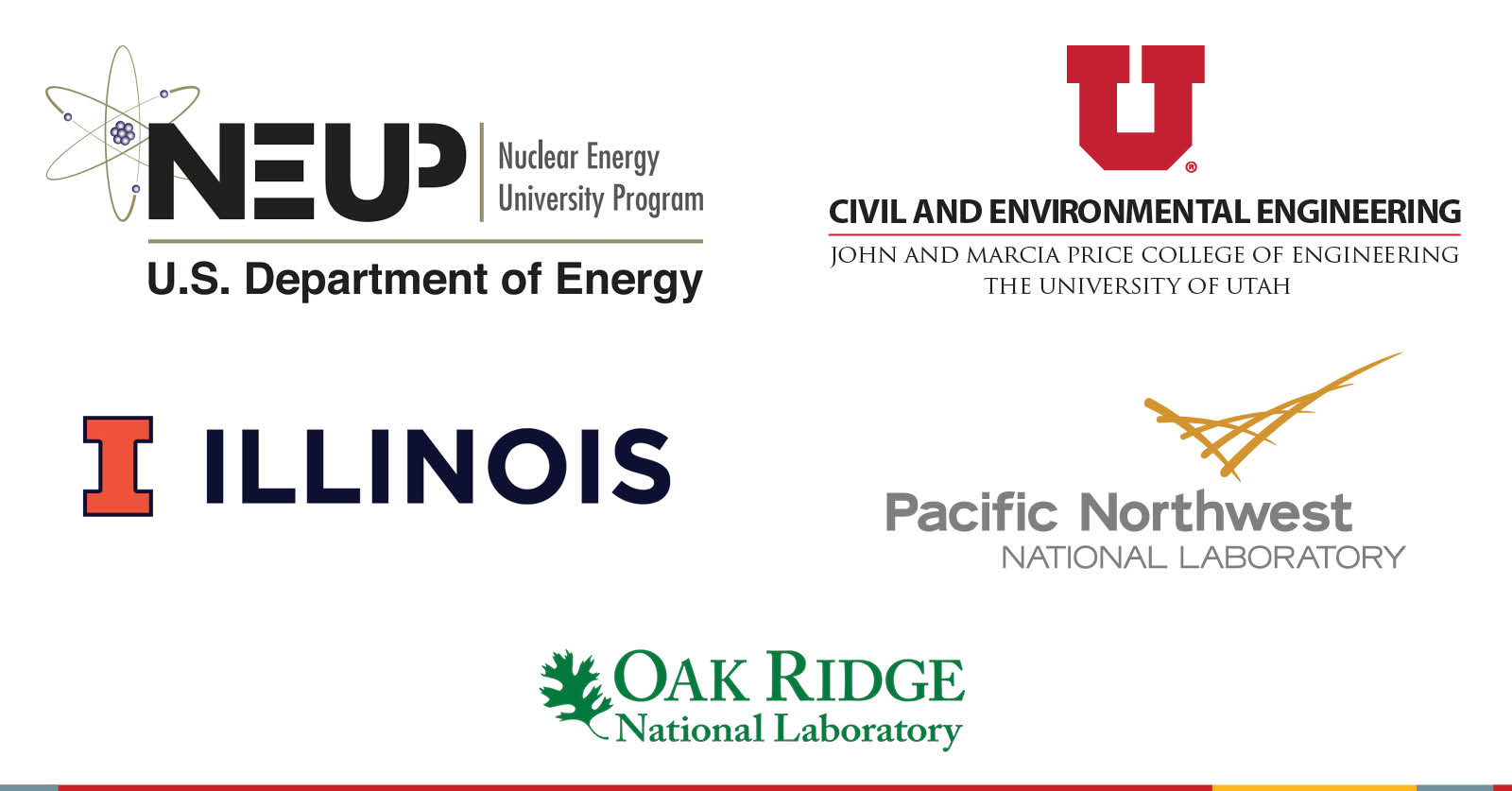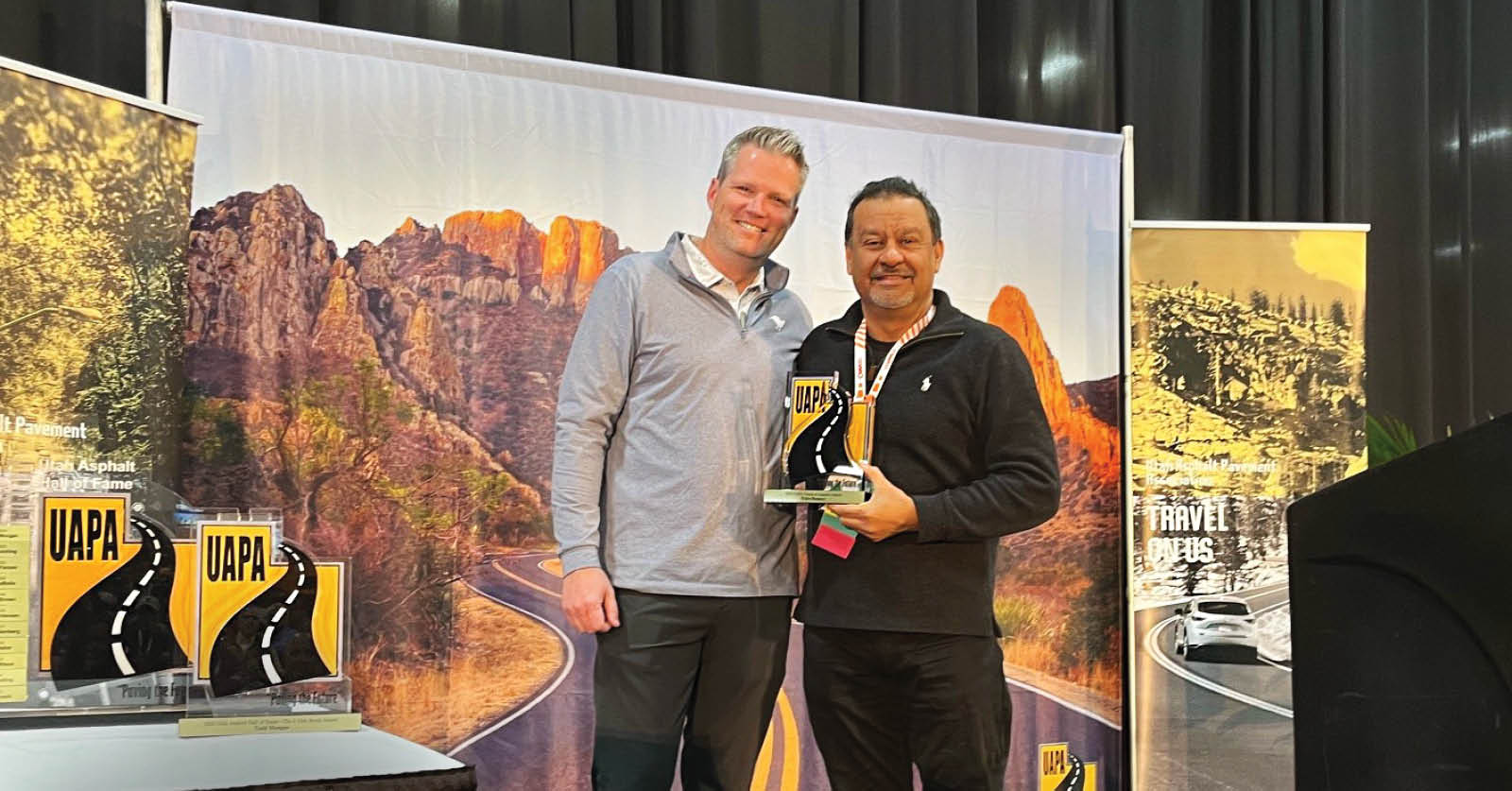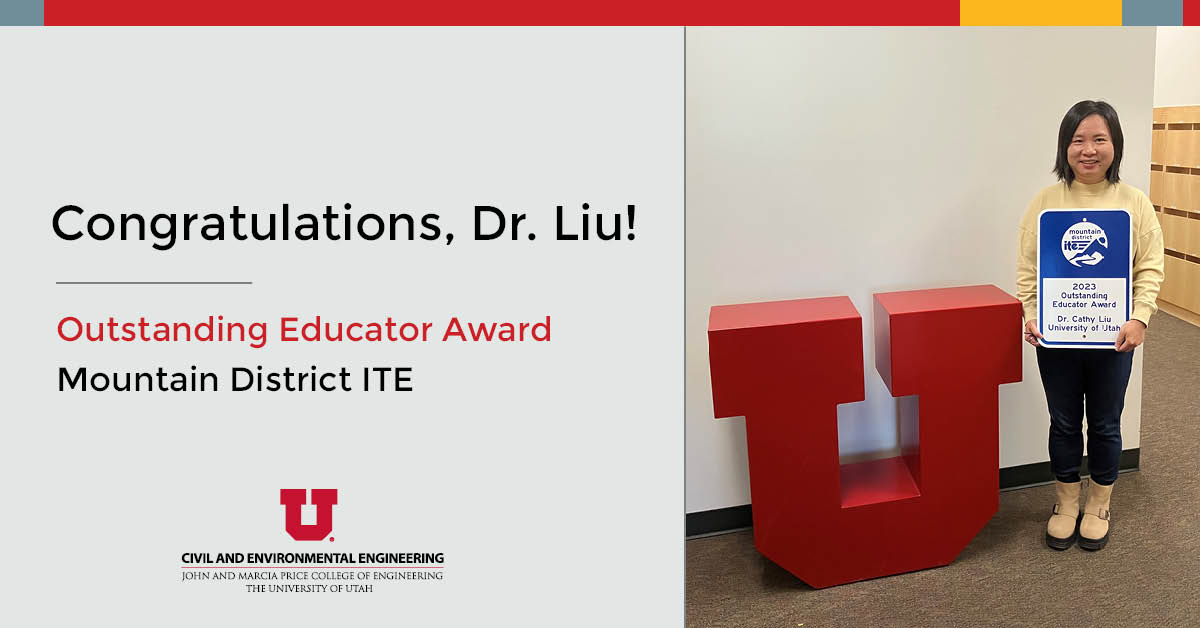University of Utah Environmental Engineering Professor is at the Forefront of New Nanobubble Technology
Peculiarly powerful, nanobubbles have opened a new frontier in science and engineering, creating promising environmental and medical applications. But what exactly is a nanobubble? Imagine a tiny water bubble that’s 2,500 times smaller than a single grain of salt. Then imagine that bubble being extremely versatile. So versatile that it’s beginning to be used for water treatment, accelerated wound healing, and even removing CO2 from the atmosphere.
That’s a strong little bubble.
The problem? Creating nanobubbles is currently very energy-intensive and inefficient.
Dr. Hong and his team at the University of Utah are pioneering a novel, energy-efficient process for creating nanobubbles. This process, developed in the Meldrum Civil Engineering building, has numerous promising applications.
In collaboration with Dr. Lewis and Dr. Fleming of the University of Utah Health Sciences and fellow Environmental Engineering professor Dr. Jennifer Weidhaas, Dr. Hong has a patent pending for this new and innovative energy-efficient process.
Since they’ve streamlined this difficult process, Dr. Hong’s team is one of the few to be able to effectively research the application of nanobubble technology in Environmental Engineering – as well as its medical applications.
Applications of Various Nanobubbles
- Ozone nanobubbles can break down harmful chemicals in water, such as PFAS, which are resistant to degradation and harmful. PFAS (per- and polyfluoroalkyl substances) were widely used chemicals found in many products, but they persist in the environment and pose health risks. Ozone nanobubbles provide a means to degrade PFAS, offering a promising solution to this environmental challenge. As we improve methods to detect and measure PFAS in air, water, soil, and wildlife, ozone nanobubbles present a viable treatment option for contaminated water sources.
- Oxygen nanobubbles accelerate wound healing by delivering long-lasting oxygen and beneficial reactive oxygen species to tissues. The presence of oxygen is crucial for cell repair and regeneration. By cleaning wounds with water containing oxygen nanobubbles, they enhance oxygen delivery to the affected area, promoting faster and more effective healing. This technology has significant implications for medical treatments and patient recovery times.
- A more recent application is to convert CO2 nanobubbles from the atmosphere into solid rock minerals. This process, known as carbon mineralization, involves CO2 nanobubbles reacting with earthly cations such as calcium and magnesium ions in water to form stable, solid carbonates. This not only helps in reducing greenhouse gases but also provides a method to sequester carbon in a permanent form. This innovative approach contributes to global efforts to mitigate climate change by addressing carbon emissions.
This groundbreaking research is happening right here on campus, showcasing the University of Utah’s commitment to innovation and sustainability. Dr. Hong’s team is making significant strides in environmental engineering research and its medical applications by being at the forefront of nanobubble technology.
More news from our department:

PhD Student Proposes Vision for the Future of Engineering in Utah
Mina Golazad, Construction Engineering PhD student, has been awarded second place in the ASCE Utah Younger Member Forum Scholarship program for her vision of engineering in the future state. Mina’s response to the prompt, “Be Future Ready,” garnered recognition from the ASCE Utah Younger Member Forum. This year’s prompt challenged participants to envision the challenges […]

$1M DOE Grant for Advanced Nuclear Energy Research
Dr. Peter Zhu’s team Plays Key Role in Securing $1M DOE Grant for Advanced Nuclear Energy Research We are thrilled to announce that Dr. Peter Zhu, Assistant Professor of Civil and Environmental Engineering, and his lab have been collaborating with a team at the University of Illinois on a proposal that has just been awarded […]

Research at the U is Building Better Utah Infrastructure
Dr. Pedro Romero Honored with Friend of Industry Award at the 2024 Utah Asphalt Conference The Utah Asphalt Paving Association—the driving force behind our road infrastructure—recently hosted the 2024 Utah Asphalt Conference from February 27 to 28. Recognized as the premier asphalt-related event in the state, the conference brought together the industry’s best minds, including […]

Dr. Cathy Liu Earns Prestigious Educator Award
CvEEN Professor Earns 2023 Outstanding Educator Award The Institute of Transportation Engineers (ITE) is a global organization dedicated to improving transportation systems and creating smarter, more livable communities. Within this vast network, the Mountain District ITE represents the U.S.’s mountain states and recognizes outstanding educators in the field. Dr. Cathy Liu has been honored with […]
